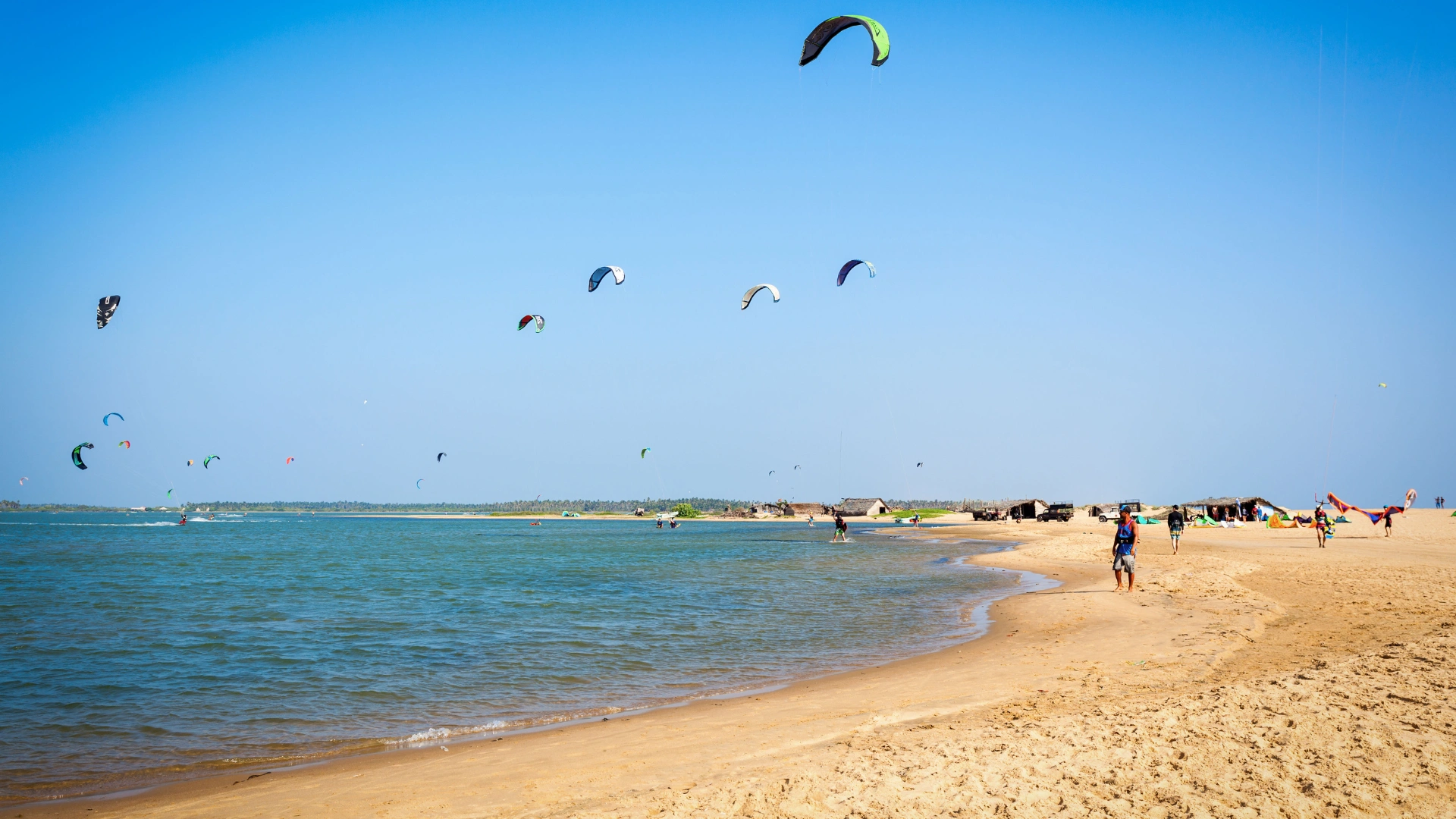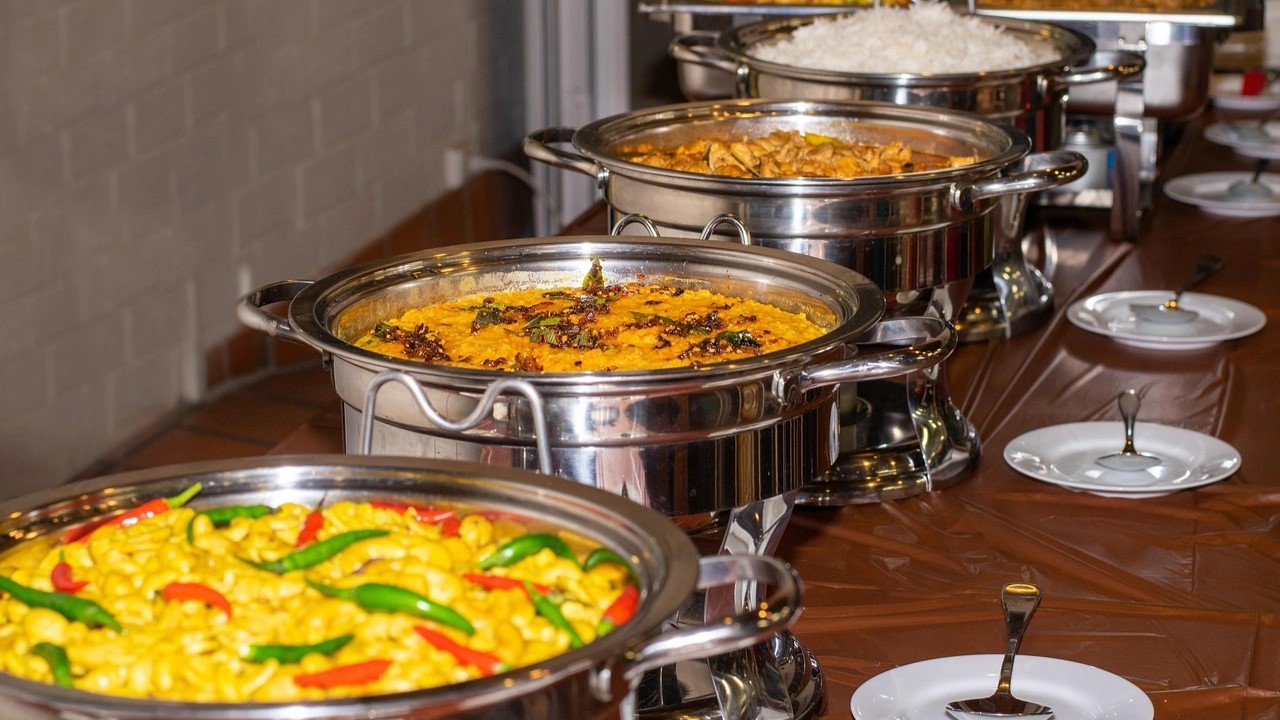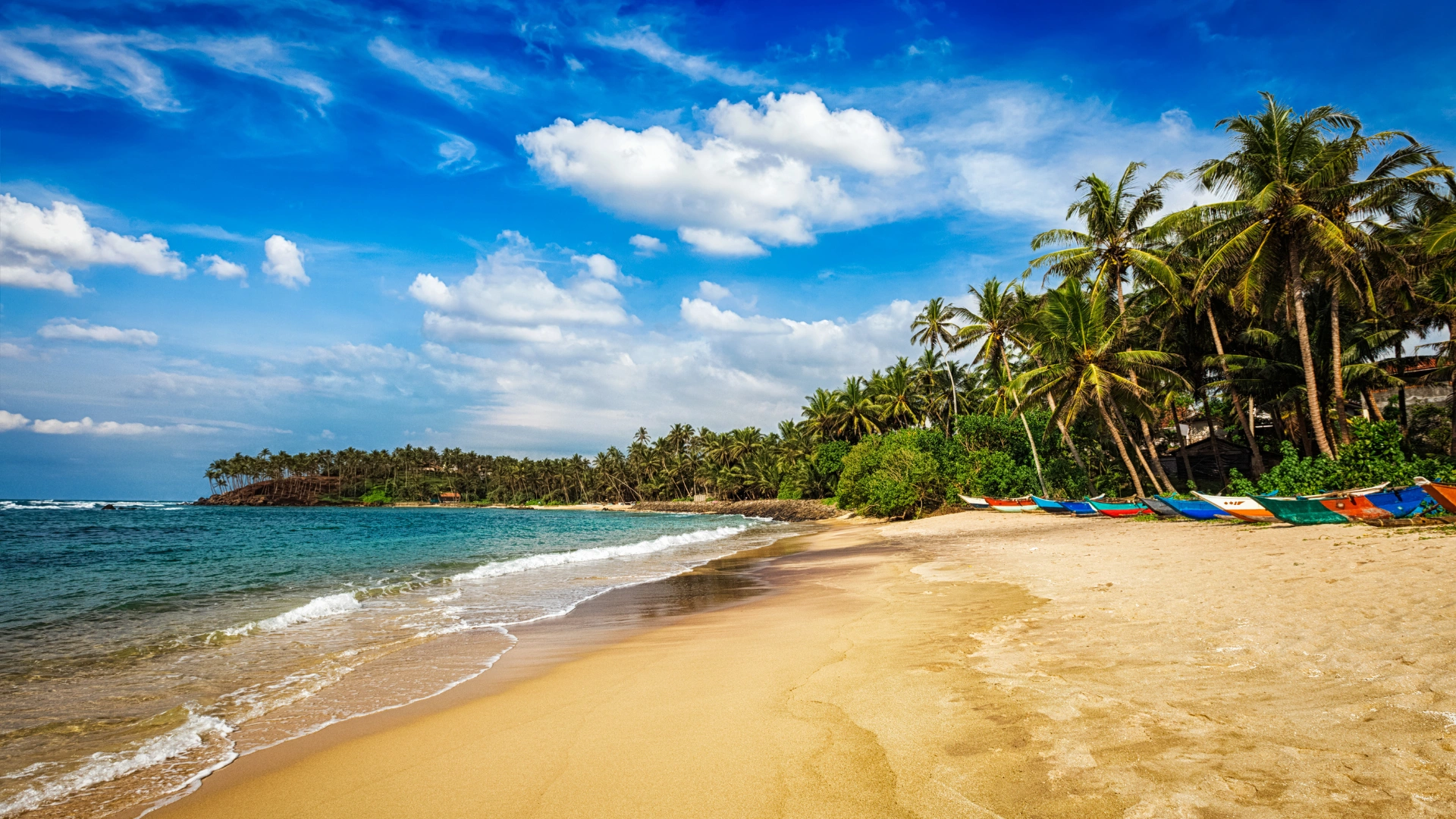Sri Lankan cuisine is a symphony of flavors that reflects the island’s rich cultural heritage and abundant natural resources. Influenced by South Indian, Malay, Portuguese, Dutch, and British culinary traditions, Sri Lankan food offers a unique gastronomic experience that goes far beyond the famous Ceylon tea.
The Heart of Sri Lankan Cuisine: Rice and Curry
No Sri Lankan meal is complete without rice and curry, but this simple description hardly does justice to the complexity and variety involved. A traditional rice and curry spread includes fragrant basmati rice surrounded by multiple curries – vegetable, meat, fish, and lentil – each with its own distinct flavor profile created through carefully balanced spice combinations.
The secret lies in the spices: cinnamon, cardamom, cloves, nutmeg, and black pepper (all native to Sri Lanka), combined with curry leaves, pandan leaves, lemongrass, and coconut milk. The result is a harmonious blend that’s aromatic without being overwhelming, spicy without being painful.
Street Food Adventures
Sri Lankan street food culture is vibrant and diverse. Start your day with hoppers (appa) – bowl-shaped pancakes made from fermented rice flour and coconut milk. Try the egg hopper, where an egg is cracked into the center, creating a perfect breakfast combination.
For lunch, sample kottu roti – a beloved street food where flatbread is chopped and stir-fried with vegetables, meat, and spices on a large griddle, creating a rhythmic chopping sound that’s become synonymous with Sri Lankan street corners.
Don’t miss short eats (Sri Lankan snacks): fish cutlets, Chinese rolls, patties, and vadai (lentil fritters) that are perfect for afternoon tea time.
Seafood Delights
Being an island nation, Sri Lanka excels in seafood preparation. The fish curry, made with kingfish or tuna in a rich coconut milk base with tamarind and spices, is a must-try. Crab curry, particularly the famous pepper crab, showcases the island’s ability to blend local spices with fresh seafood.
In coastal areas, try ambulthiyal – a dry fish curry from the southern region that’s tangy, spicy, and absolutely addictive. The fish is cooked with goraka (a souring agent), giving it a distinctive flavor that’s uniquely Sri Lankan.
Sweet Endings and Refreshing Drinks
Sri Lankan desserts often incorporate treacle (from the kithul palm), coconut, and rice flour. Wattalappam, a steamed custard with jaggery and spices, offers a perfect sweet ending to a spicy meal. Kiribath (milk rice) is traditionally served during celebrations and special occasions.
For drinks, fresh king coconut water provides natural refreshment, while traditional kola kenda (herbal porridge) offers health benefits alongside unique flavors. And of course, no visit is complete without experiencing world-renowned Ceylon tea in the plantations where it’s grown.
Cooking Classes and Food Tours
Many hotels and local operators offer cooking classes where you can learn to prepare traditional dishes. Start by visiting a local market to select fresh ingredients, then learn the art of grinding spices and balancing flavors. These hands-on experiences provide insight into Sri Lankan culture beyond just the taste.
Food tours in cities like Colombo and Kandy offer guided explorations of local eateries, street food stalls, and traditional restaurants, ensuring you don’t miss any culinary gems during your visit.



